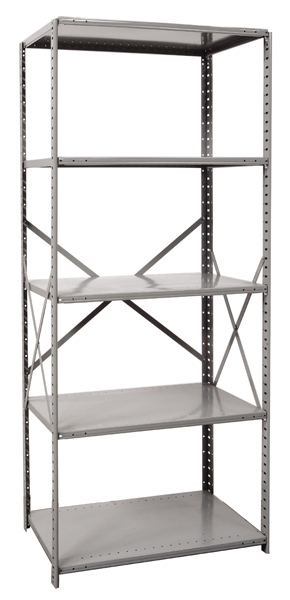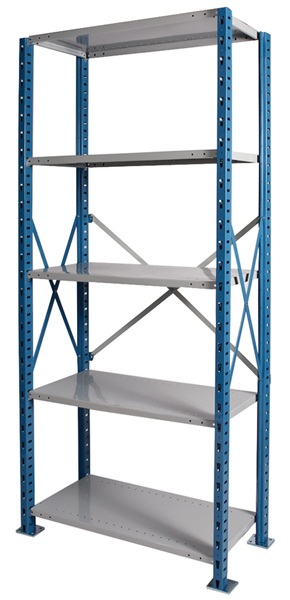Before selecting type of post, consideration should be given to the loads to be carried.
Use the formula below to get the unit load, then select a post type from the table.
(B-2) x A = Unit Load
- A = Shelf Load
(See note 2) - B = Shelves per unit
(includes top and bottom shelves)
WARNING:
Use H-Posts for:
- High-rise applications
- Pass-through applications regardless of load
- High-density, multi-level applications


